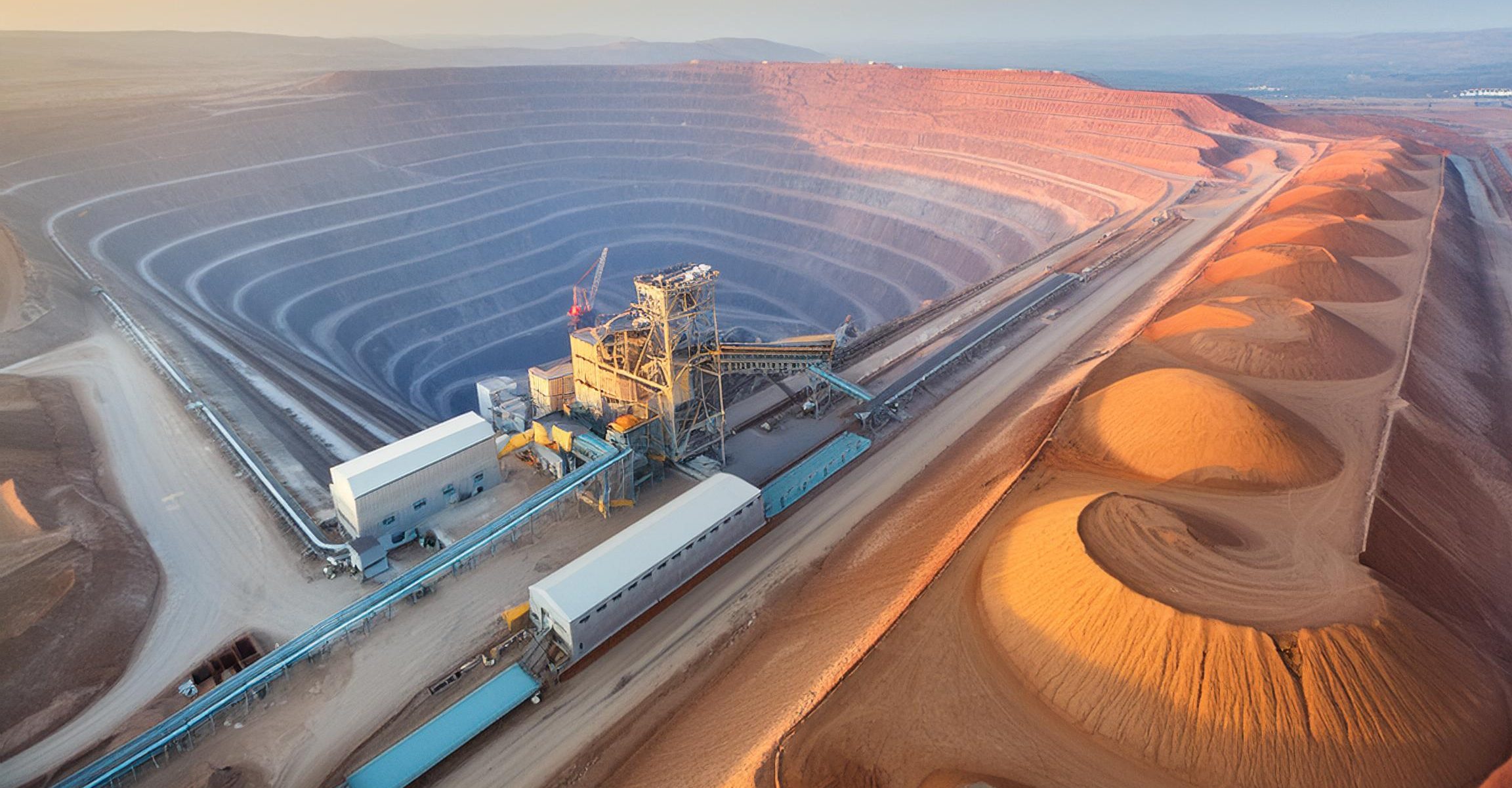
17 Jun Outlook for Copper Mining in Mexico
Mexico’s copper mining industry is poised for significant changes due to the new administration’s potential ban on open-pit mining. Representing 3.1% of the world’s copper supply, Mexico heavily relies on open-pit mining for its efficiency and cost-effectiveness. However, this method is fraught with environmental risks, including habitat destruction, water pollution, and long-term landscape alteration, prompting the proposed ban.
Recent mining reforms have created a challenging environment for companies, especially junior explorers and foreign investors, by shortening mining concessions and limiting them to a single mineral type.
- John-Mark Staude, CEO of Riverside Resources Inc., notes that transitioning to underground mining could reduce revenue and job opportunities, adversely affecting regions dependent on mining.
- Environmental concerns led the previous administration to halt new open-pit mining permits, a stance likely to continue under the new administration, which is part of the same political party. While this shift aligns with environmental protection goals, it raises substantial economic and social concerns.
- As Mexico navigates these regulatory changes, the copper mining sector must balance environmental sustainability with economic viability, ensuring future ecological and community benefits.
- The proposed ban on open-pit mining could have substantial economic and social impacts, necessitating a careful balance between ecological sustainability and financial viability.
- The demand for copper is poised to grow, driven by the green energy transition. However, the industry’s success will depend on its ability to adapt to regulatory pressures and capitalize on opportunities presented by rising global demand and advancements in recycling technologies.
Challenges in Copper Mining
Regulatory and Environmental Pressures
The election of Claudia Sheinbaum as Mexico’s president signals potential regulatory changes that could significantly impact the copper mining industry. The proposed ban on open-pit mining, driven by environmental concerns, reflects a growing emphasis on sustainable mining practices. Open-pit mining, prevalent in Mexico, is criticized for its environmental impact, including habitat destruction, water pollution, and landscape alteration.
Economic and Social Implications
A ban on open-pit mining could have severe economic consequences. Open-pit mines are typically more efficient and cost-effective compared to underground mining. The shift to underground mining could result in reduced production scales, lower revenue, and fewer job opportunities, impacting communities reliant on mining activities. Recent reforms under outgoing President Andrés Manuel López Obrador, which include shortening mining concessions and eliminating the industry’s preferential status for land use, have already introduced uncertainty in the sector.
Industry Response and Adaptation
Major mining companies like Agnico Eagle Mines Ltd., which operates significant open-pit mines in Mexico, have expressed concerns over the proposed ban. However, they also highlight their commitment to responsible mining practices, indicating a possible shift towards more sustainable operations. The industry’s ability to adapt to these regulatory changes will be crucial in maintaining its economic viability while adhering to environmental standards.
Industry Outlook
Increased Demand from Green Technologies
Copper is vital in green energy technologies, including solar panels, wind turbines, and electric vehicles (EVs). As countries pursue their climate goals, the demand for copper is expected to rise significantly. For example, the expansion of EV production will likely boost copper usage due to its applications in batteries, wiring, and charging infrastructure.
Global Production and Supply
Global copper production is projected to increase, with significant contributions from China, Indonesia, India, and the United States. This production rise is expected to create a market surplus, potentially stabilizing prices despite the growing demand. Moreover, investments in recycling and secondary smelting facilities, such as those by Aurubis AG, will enhance copper supply, making the market more resilient to demand fluctuations.
Market Dynamics and Economic Factors
While the outlook for copper is generally positive, several factors could influence the market. Stringent environmental regulations could increase operational costs as companies invest in greener technologies and processes. Economic conditions, such as high interest rates and potential slowdowns in Europe and the US, may dampen manufacturing activities, affecting copper demand. However, robust economic growth in emerging markets, particularly in Asia, could offset these effects.
Sources
“Copper Market – Forecast, Outlook Report & Industry Analysis.” Copper Market – Forecast, Outlook Report & Industry Analysis, www.mordorintelligence.com/industry-reports/copper-market. Accessed 15 June 2024.
Joannides, Eleni. “Copper: Things to Look for in 2024.” Wood Mackenzie, WoodMac.Site.Features.Shared.ViewModels.Metadata.Publisher, 25 Jan. 2024, www.woodmac.com/news/opinion/metals-and-mining-2024-outlook/copper/.
Laurence, Eleanor. “2024 Copper Outlook – Major Supply Surplus Approaches.” The Assay, 16 Jan. 2024, www.theassay.com/articles/analysis/2024-copper-outlook-major-supply-surplus-approaches/.
Meghan Gordon, Kip Keen. “Mexican Election Results Increase Odds of Open Pit Mining Ban.” S&P Global Homepage, 4 June 2024, www.spglobal.com/marketintelligence/en/news-insights/latest-news-headlines/mexican-election-results-increase-odds-of-open-pit-mining-ban-81949203.

